Biography KH. Abdul Wahab Chasbullah
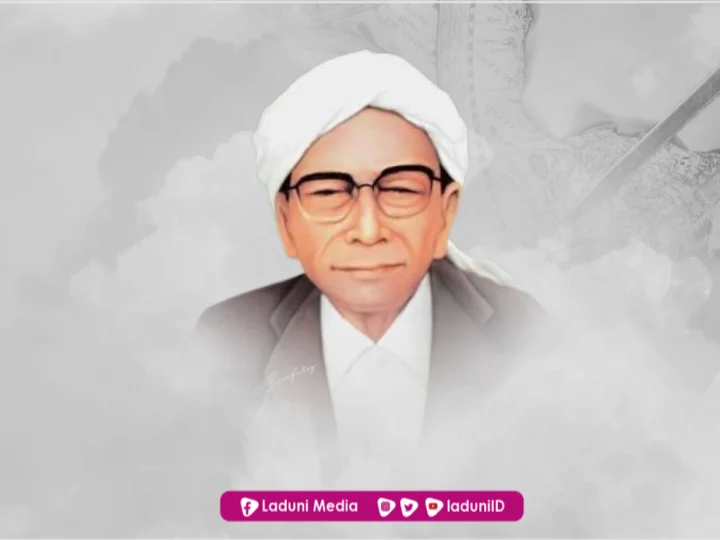
List of Contents
1. Life and Family History
1.1 Born
1.2 Family History
1.3 Passed Away
2. Sanad of His Knowledge and Education
2.1 Wandering to Gain Knowledge
2.2 His Masters
2.3 Becoming a Caregiver For Pesantren
UNTUK DAPAT MEMBACA ARTIKEL INI SILAKAN LOGIN TERLEBIH DULU. KLIK LOGIN
Masuk dengan GoogleDan dapatkan fitur-fitur menarik lainnya.
Support kami dengan berbelanja di sini:
.png)

![Mosh Straw Latte Tumbler - Botol Minum Stainless Steel 480ML - Coquette Lilac [LIMITED EDITION] Mosh Straw Latte Tumbler - Botol Minum Stainless Steel 480ML - Coquette Lilac [LIMITED EDITION]](https://down-id.img.susercontent.com/file/sg-11134201-7rdyp-m1fe2rc6d5ct4c@resize_w450_nl.webp) Rp349.000
Rp349.000
 Rp108.000
Rp108.000
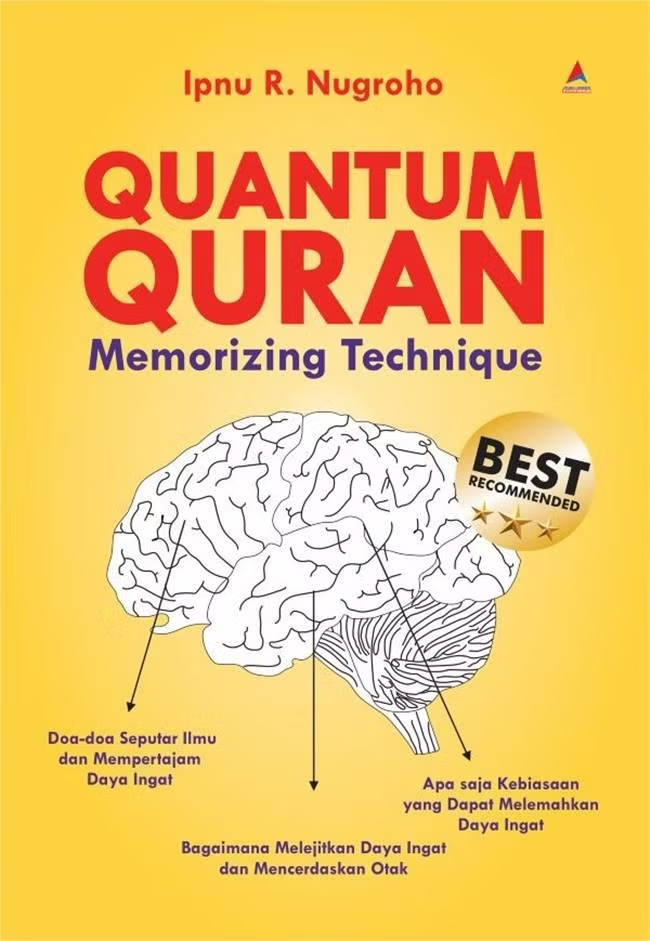 Rp65.500
Rp65.500
 Rp1.400.000
Rp1.400.000


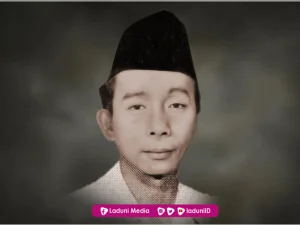
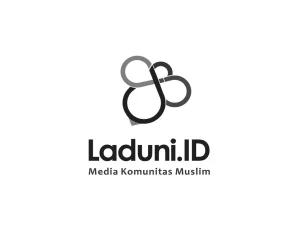
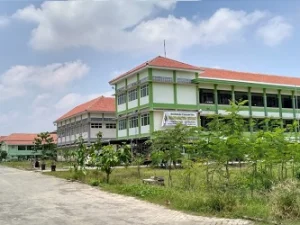
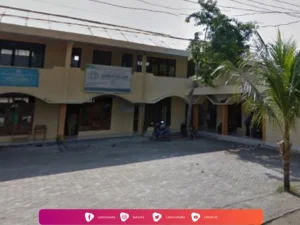
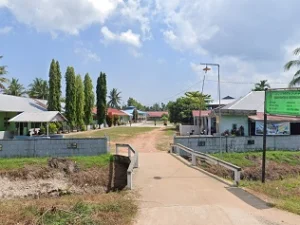

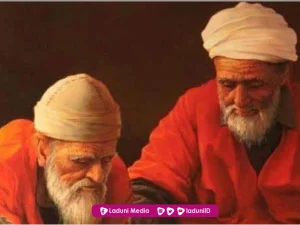
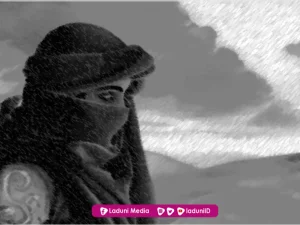

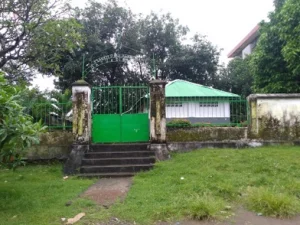
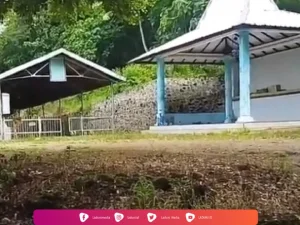
Memuat Komentar ...